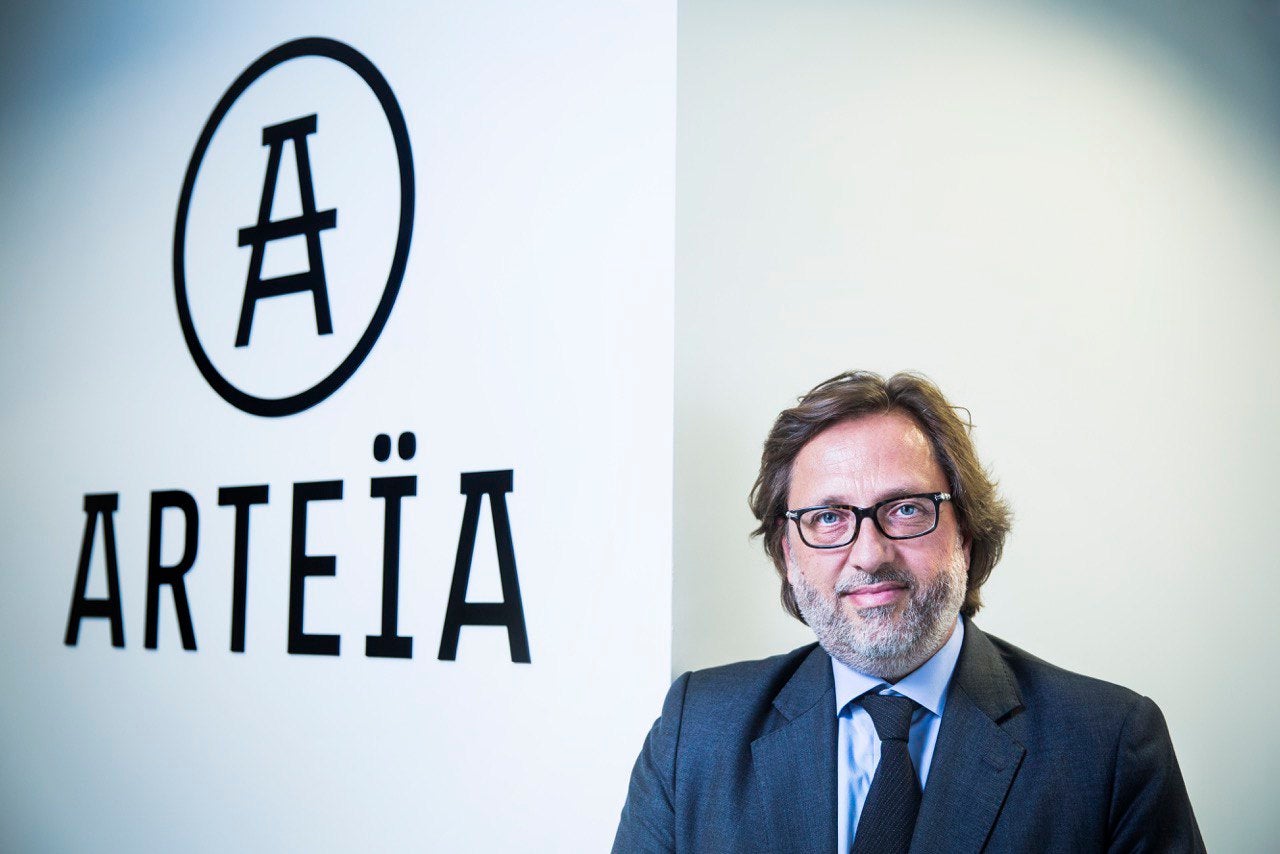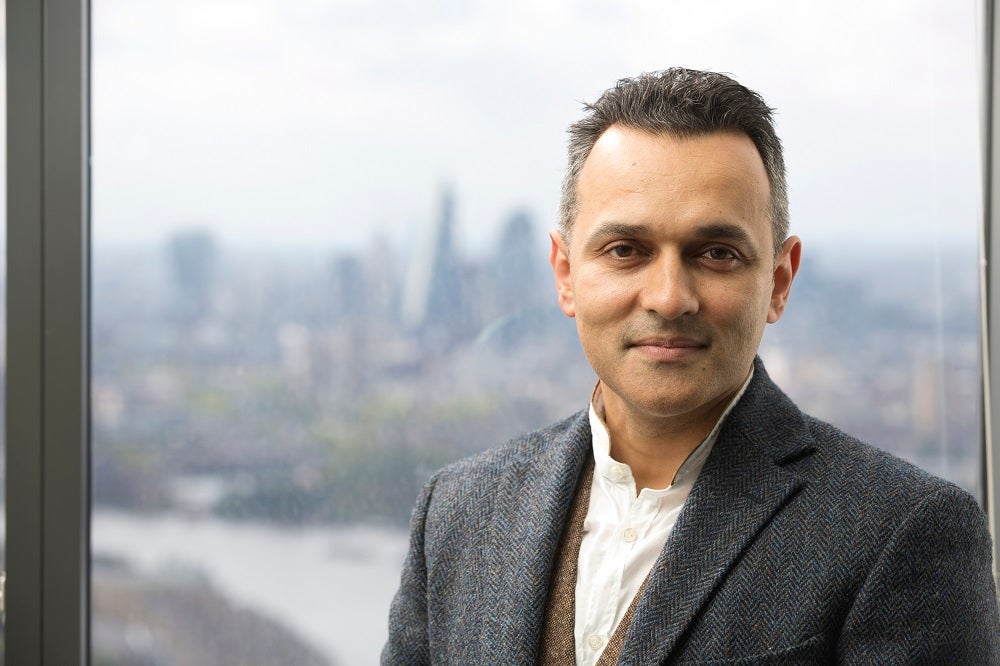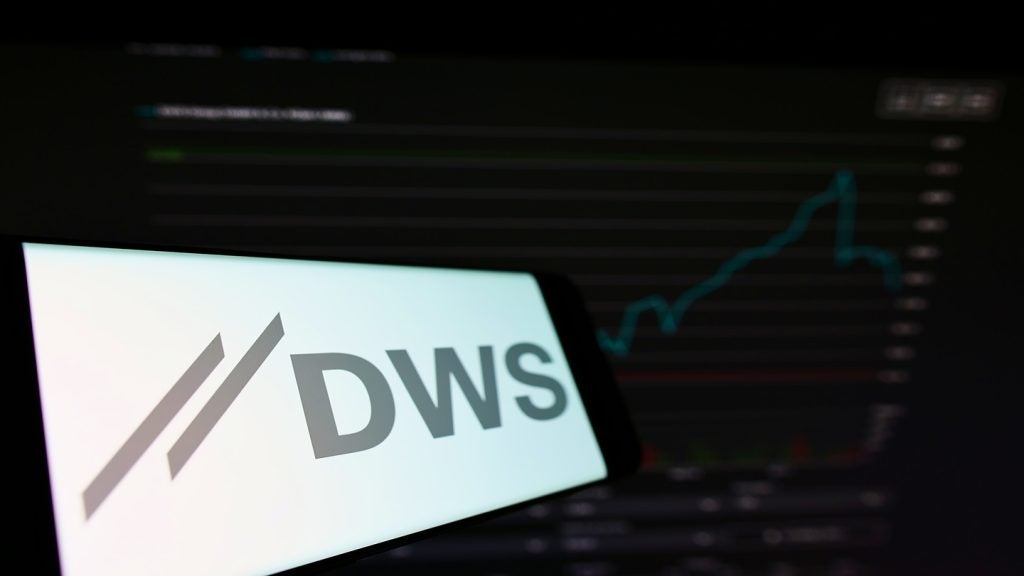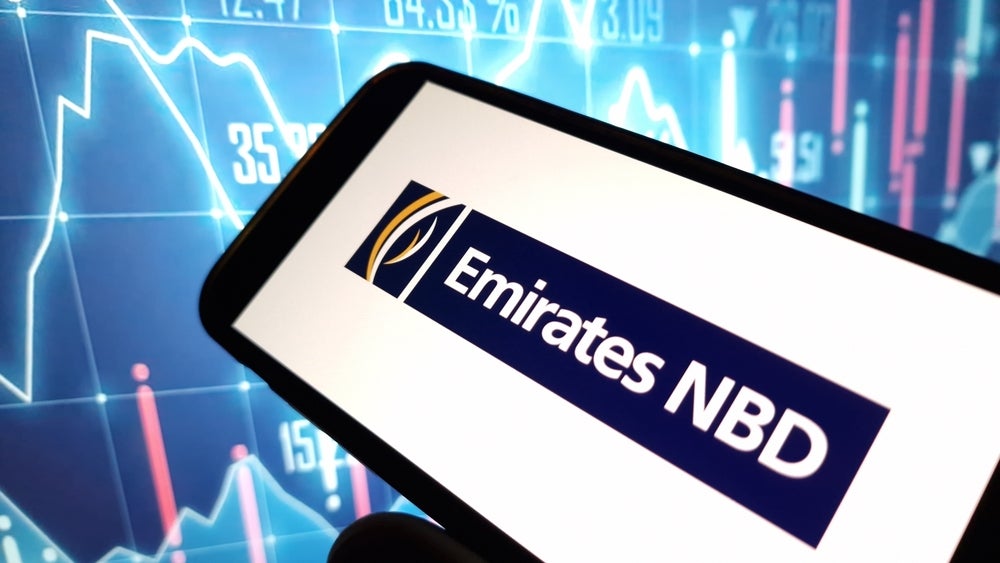
It is hard for financial services to ignore the potentials of blockchain technology. Jamie Crawley asks the experts what are the challenges and use cases that financial services should be aware of in years to come?
Art dealership and blockchain might seem a peculiar combination. But, it is a fine example of the belief in the crypto community that almost any transaction can be improved by harnessing the potential of distributed ledger technology (DLT).
Arteia is an art collection platform which seeks to empower collectors by incorporating a collection management system with a platform supported by a provenance tracker on a blockchain.
“With blockchain technology we are able to make a universal ledger for the collections of artists,” Arteia CEO Phillipe Gellman told PBI.
“Going through auctions often might not bring the full value. Plus, all the risk is on the seller because if a piece doesn’t sell, it needs to be put back in storage which is of course costly.
“Our platform really opens up the marketplace. Collectors can make decentralised purchases, and artists are able to sell with very low commissions.”

This is one example of the far-reaching potentials of blockchain technology in which institutions and high-net-worth individuals might be interested.
In the last edition of PBI, Joseph Portelli, executive chair of the Malta Stock Exchange, wrote of harnessing blockchain in the form of tokenisation in capital markets. What other opportunities and innovations are to be found and what hurdles are likely to be encountered along the way?
Playing catch up
It is difficult to imagine many industries that would not find some benefit in distributed ledger technology (DLT). Harnessing blockchain can improve transparency, security and efficiency, while also greatly reducing costs. What’s not to like?
Quite a lot, unfortunately. The core of blockchain, by virtue of the original Bitcoin anarchists’ ethos, is its decentralisation and the belief that the financial world can function without any overseer standing watch: the blockchain sees all.
David Cooney, partner at law firm Charles, Russell Speechleys, explained to PBI that this has proved a barrier for private banks and HNWIs.
“I think that, in time, the absence of overseers and guardians may come to be seen as an advantage.
“However, right now, we’re in a slightly funny situation where blockchain technology allows for the removal of some of those traditional pillars of support and comfort, but investors are not comfortable in that world.

“It’s seen as something where the lack of regulation means that you could be walking into something that is risky, or that is a scam, and your recourse if it goes wrong could be quite limited.
“The other problem is the way the world is going in terms of asset ownership –authorities need to know who owns what and where that asset is held – means that we have some fairly complicated and onerous obligations on institutions, in terms of keeping records and reporting.
“If you have frequent trading, these assets and the owners change very frequently, it can be very difficult to keep up with those obligations. And so because most jurisdictions have yet to update their legislation in any meaningful way to reflect the advent of blockchain technology and the ability to tokenize assets, we don’t yet have a money laundering regime that is equipped to deal with this.”
Tokenised illiquid assets
Once the regulatory and legal framework is in place, the next step would be innovative use cases which are considered beneficial. Just as equity in a company can be liquefied by the use of tokenisation, so too could the assets of a bank or HNWI, such as real estate, a priceless work of art or a classic car.
Iqbal Gandham, UK manging director at social trading platform, eToro, muses the possibilities of these.
“I think there are a lot of obstacles, probably from a legal perspective. I don’t think anyone’s taken the entire journey of tokenizing to a car or their own property onto the blockchain, but you can see definitely the use cases.

“There’s people sitting on equity in a property, for example: how do you release this? Could you do so on a blockchain, where other investors will be happy to each input $1,000? I don’t see why not.
“It’s the user interface which needs to be really, really smooth. I haven’t come across anyone who’s actually developed this in a really simple manner as yet. But I see no issue in actually tokenizing property, or even art.
“There are people out there who invest in wine who will never see a bottle of wine, but they’ve still invested because they see value in it. That’s pretty much what blockchain will enable.
“I would love to invest in a classic car, but I wouldn’t want the trouble of storing and looking after it. It’s the returns that you want on it, as it’s just another asset class.
“Would I like to invest in new property developments going on across London? Yes, if it was simple as buying Bitcoin.
“Of course, you would have to perform all the necessary KYC/AML checks, but we can perform that on an exchange like ours.
“Once that’s been carried out, all the end user has to do is click and invest.”
The sky’s the limit
Blockchain venture studio, 20|30, demonstrated the possibilities of tokenisation in a regulated framework in May, offering up 5% of its equity in tokenised form in conjunction with the London Stock Exchange.
Founder, Tomer Sofinzon, talked to PBI about the potentials of blockchain technology that should give private banks and wealth managers food for thought in assisting their clients succession planning or philanthropy.

“Imagine in a world where everything can be tokenised,” says Sofinzon. “So if HNWIs are transferring assets to their children, tokens in properties or businesses could have coded into them what happens if that person dies.
“So automatically, we know what is being transferred to which beneficiaries. You can completely automate that with coding inside the tokens and smart contracts.
“It can be pre-programmed so a person’s will and testament can be automatically integrated into every token that that wealthy individual has.”
Of charitable giving, Sofinzon explains: “Say you would like to donate to a campaign to build a new school in Africa. Right now, you might not know where your money goes.
“With blockchain and tokenisation, you can send it to charity, tracing it and seeing exactly where your money is going right down to pencils that are being bought for the school.
“We often hear about crooked organisations and foundations stealing money that’s been donated charitably. The fantastic thing about using blockchain is you have full transparency.
“Think about how philanthropy could change if all charitable giving was performed using cryptocurrencies and blockchain.
“What the internet has done until now is nothing against what we’re going to see in the next 10-20 years.
“Until now, we’ve talked about the decentralised exchange of information. Now we’re talking about the decentralised exchange of value.
“That will fundamentally change the world in a way no one can really anticipate. I just know one thing for sure, that the transformation is going to be gigantic.”







